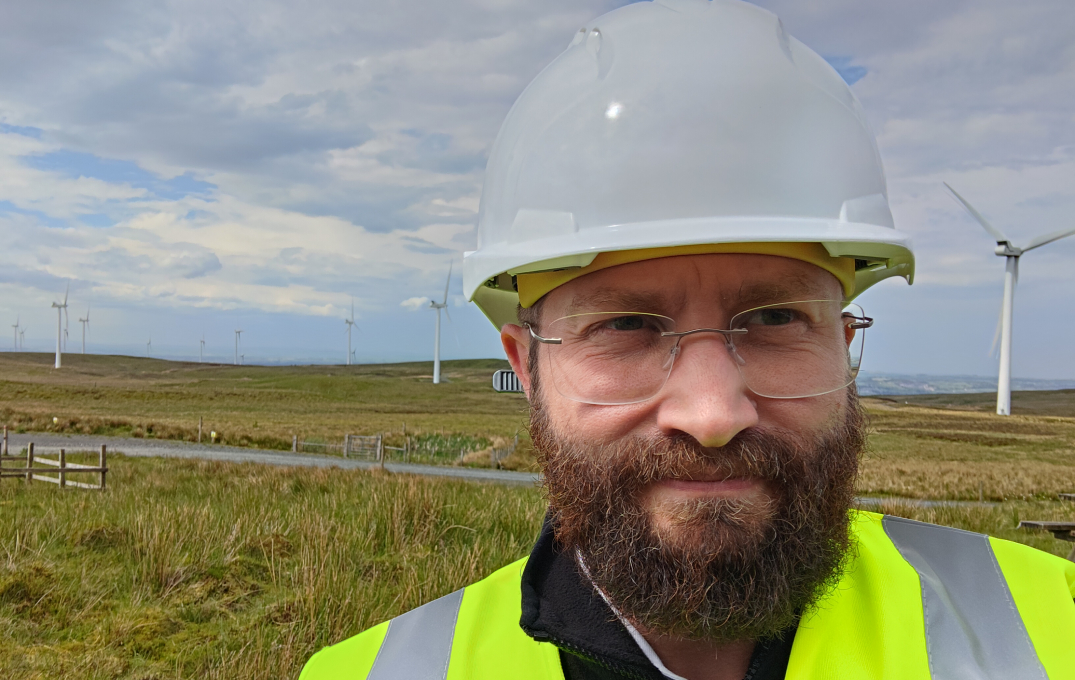News and Insights
Explore the EdenTree Investment News and Insights page, offering timely and informative content to navigate the dynamic world of investments and make informed decisions.
Video
EdenTree Global Snapshot
In this new video series, we aim to showcase some of the key research themes we are tackling here at EdenTree and highlight how our strategies are positioned to capture these pervasive secular themes.
read more


.png?sfvrsn=bf7e8e22_1)


.png?sfvrsn=bfc84458_3)
.png?sfvrsn=3edb3989_1)



